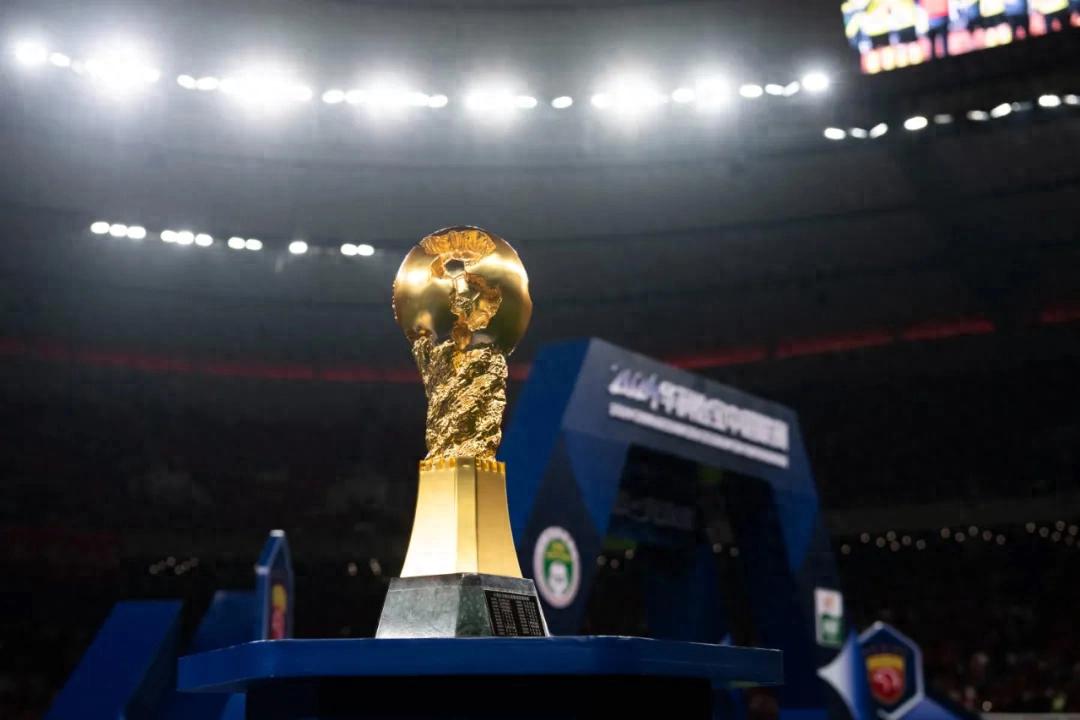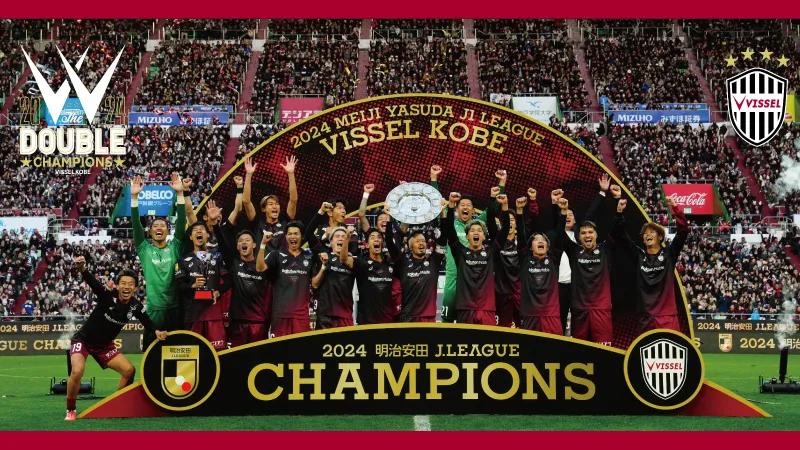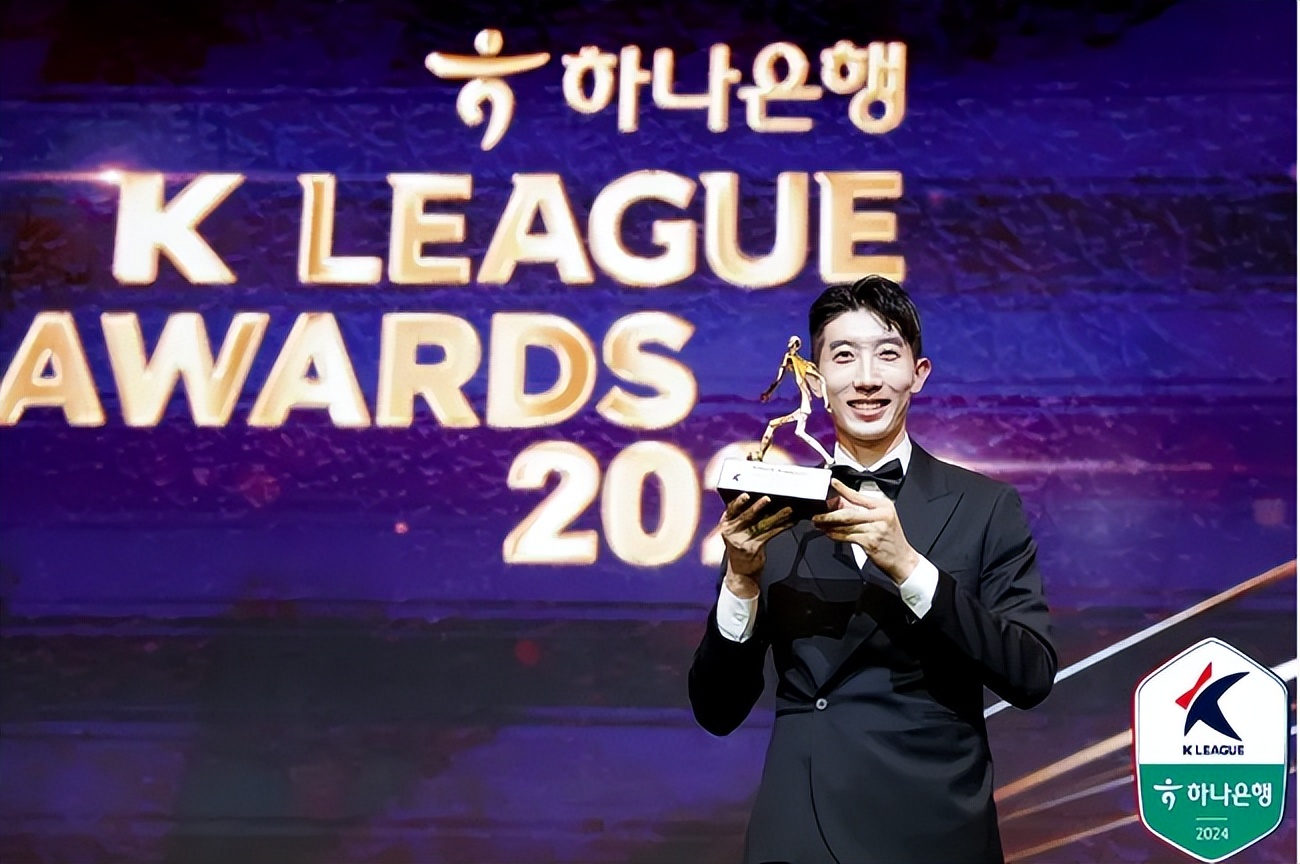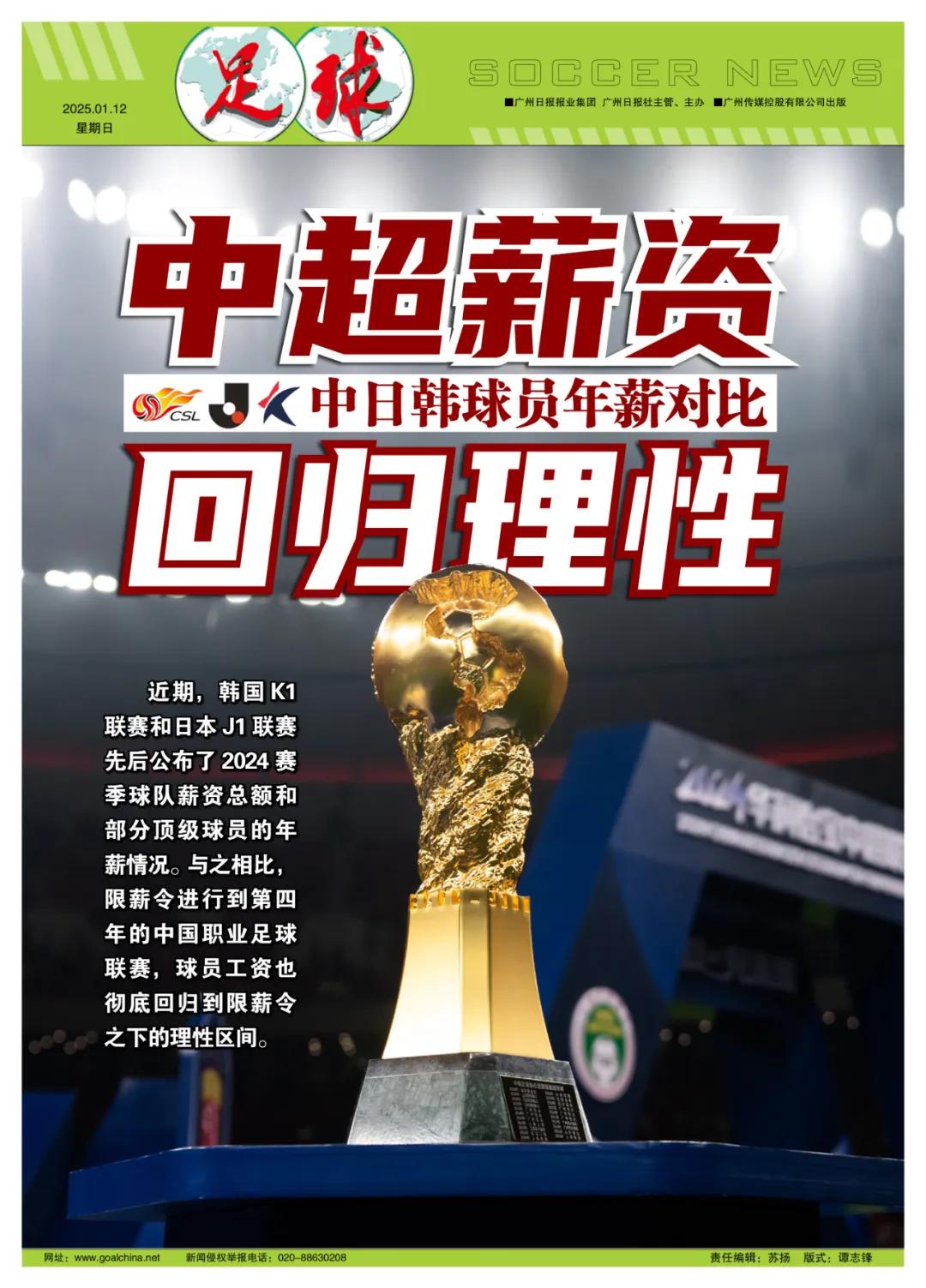Comparison of the annual salaries of players in China, Japan and South Korea: The salary of the Chinese Super League returns to rationality

The reporter reported coldly Recently, South Korea's K1 League and Japan's J1 League have announced the total salary of the team for the 2024 season and the annual salary of some top players. Compared with previous years, the total salary of Japanese and South Korean teams and the average annual salary of top players have remained basically stable. In contrast, with the departure of Oscar, the first highest-paid player in the Chinese Super League, and the Chinese Professional Football League for the fourth year of the salary limit order, the player's salary has completely returned to the rational range under the salary limit order. Compared with the salaries of top players in the China, Japan and South Korea leagues, Chinese Super League clubs continue to develop towards an ideal state in terms of player salary investment.
In the 2024 season, the highest total salary of a K1 league club is league champion Ulsan HD (104 million yuan), and Jeonbuk Hyundai, which is barely relegated, ranks second (102 million yuan). Ulsan and Jeonbuk are the only two clubs in the K1 League with a total salary of 100 million yuan, followed by FC Seoul (74 million yuan), Daegu (69 million yuan), Incheon United (63 million yuan) and Jeju United (62.5 million yuan) in the second tier. Suwon FC, Gangwon FC and Daejeon FC, which have the lowest total player salaries, are all around 40 million yuan, and the difference in total salary compared to top giants such as Ulsan and Jeonbuk is only 2.5 times.
In contrast, Vissel Kobe, the highest-paid player in the 2024 season of Japan's J1 League, has a total salary of only 78 million yuan, except for super foreign player Andres Iniesta (13 million euros), who retired in September last year. It is followed by Urawa Red Diamonds (about 69 million) and Gamba Osaka (60 million). Yokohama Mariner (55 million), the first in the AFC Champions League, and Kawasaki Frontale (57 million), the fourth in the elite league, are not high in terms of total player salaries. Tokyo Green (22 million) and Tosu Sandstone (25 million), which have the lowest total salaries of players in the J1 League, are only about three times behind the gap with the highest Kobe Victory and Urawa Red Diamonds.

In contrast, last season's Chinese Super League, except for Shanghai Port, which had Oscar, the total salary of foreign aid in other clubs was within 10 million euros, equivalent to 75 million yuan, and the total salary of local players was capped at 75 million yuan, with a total of no more than 150 million yuan. Compared with the previous Jin Yuan era, the season salary investment of 1 billion has dropped significantly, and in fact, the total salary of most club players is much lower than this ceiling. The salary investment of Chinese Super League clubs has completely entered the rational track, which is basically the same as that of the Japanese and Korean leagues.
In terms of the annual salary of foreign aids, the English midfielder Lingard (about 1.2 million euros) of FC Seoul with the highest annual salary of foreign players in the K1 League, followed by Daegu FC Brazilian midfielder Cesinha (about 1.15 million euros), Incheon United's Montenegrin striker Mugosa (about 1.02 million euros), and the three foreign players with an annual salary of more than 1 million euros in the K1 League. The highest salary for a J1 league foreign player is Andres Iniesta (13 million euros), but he left the J1 league last year. After Iniesta, the highest annual salary of foreign players is Nagoya Whales' Danish center Yongk (about 1.5 million euros). It is followed by Yokohama Mariner's Brazilian striker López (1.3 million euros) and Kawasaki Frontale's French striker Gomis (1.1 million euros), with a total of only 7 foreign players with an annual salary of more than 1 million euros.
In contrast, after Oscar's departure, the annual salary of all foreign players in the Chinese Super League is below 3 million euros. The higher Cressan is only 2 million euros, followed by Zeka with 1.5 million and Gustavo with 1.2 million, except for the individual main foreign aid of several giants, most of the rest of the foreign aid have an annual salary of less than 1 million euros. In terms of the annual salary investment of foreign aid, the Chinese Super League has completely returned to rationality, which is comparable to the Japanese and Korean leagues.

In terms of the annual salary of local players in the Japanese and Korean leagues, it is basically the same as the maximum salary of foreign aid. The highest salary of local players in the K1 League last year was the league MVP winner goalkeeper Cho Hyun-woo (7.4 million yuan), Ulsan HD defender Kim Young-kwon (7.2 million yuan), Jeonbuk Hyundai defender Kim Jin-so (6.8 million yuan), Jeonbuk Hyundai midfielder Lee Seung-woo (6.7 million yuan), Park Jin-sub (5.8 million yuan) followed, and the annual salary exceeded the upper limit of local players in the Chinese Super League by 5 million yuan before tax. In the J1 League, the annual salary of Japan's local players even exceeds that of foreign aid, with the highest salaries being the three major players of the Kobe Victory Ship, Yuya Osako (17.5 million yuan), Yoshiki Muto (8.8 million yuan) and Sakai Gaode (8.4 million yuan), which accounted for half of the top 6 in the annual salary list of J1 League players last season.
With 100 million yen (4.65 million yuan) before tax as a watershed, there are 33 players in the J1 league whose annual salary exceeds this figure. Among them, there are 11 local players, accounting for 1/3 of the total. The J1 league club's revenue is much higher than that of the K1 league and the Chinese Super League, and it is understandable that local players have higher annual salaries. In addition to the Kobe Victory Ship in recent years, which has pursued a high-salary strategy to sign some top foreign aids, the annual salaries of the top domestic and foreign players in the J1 League are relatively close. Except for senior veterans like Yuto Nagatomo (6.5 million yuan), the annual salary of Japan's local internationals in the other top 18 matches is basically less than 2 million yuan. The same is true for South Korea, in addition to the top-paid local players such as Kim Young-kwon, Kim Jin-so, and Lee Seung-woo, most of the other local players also have an annual salary of less than 2 million yuan.
Although the annual salary of local players in the Chinese Super League last season was capped at 5 million yuan before tax, except for a few main international players, the salaries of most of the main players in the league have fallen back to the range of one million yuan. The annual salary investment of both foreign aid and local players in the Chinese Super League is converging with the Japanese and Korean leagues after 4 years of salary restrictions and market adjustments. Only in this way can the Chinese Super League, which returns to the track of rational investment, see the prospects for the sustainable development of the league.



Wonderfulshortvideo
World class Rakitić 👏


Can Grace catch Leah? 😅 Find out in ‘The Lionesses Chase’ on YouTube now 👀


User GoalGuru has posted a video.


One of the most underrated players of all time


Is Vivianne Miedema England’s biggest threat? 🤔


User GameGladiator has posted a video.








 Links
Links
 Contact
Contact
 App
App


